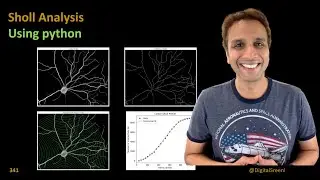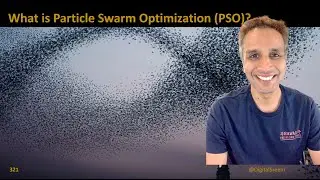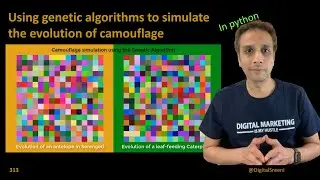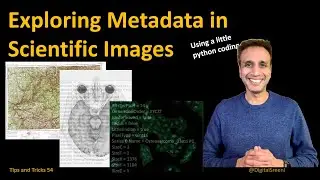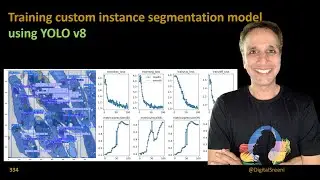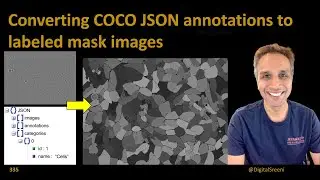Exploring Metadata in Scientific Images
Tips Tricks 54 : Exploring Metadata in Scientific Images
What is Metadata?
It is the additional information about a file, providing details such as the
creation date, author, location, pixel size, experimental settings, etc.
Why is Metadata important?
For your travel images, it is important, so you know when and where the image was taken. Please note that metadata is not necessary but useful when some information is needed at a future date. May be your grandkids want to take a picture in future at the same location on your 100th birthday!
For scientific images, it is important to ensure traceability, interoperability,
and reproducibility.
Metadata provides a detailed history of the image, including acquisition parameters, equipment settings, and processing steps. This traceability is crucial for tracking the origin and evolution of the data, ensuring accountability and transparency in scientific research.
Standardized metadata formats enable different software and systems to understand and interpret information consistently. This promotes interoperability, allowing researchers to share and collaborate on data across various platforms and tools without losing critical details.
Metadata contains essential information about the experimental setup and conditions. Reproducing scientific experiments requires accurate knowledge of these factors. With comprehensive metadata, other researchers can precisely replicate experiments, verify results, and build upon existing work, contributing to the reliability and credibility of scientific findings.
Images come in many formats, let us explore metadata from a few most-common image formats including JPG, DICOM, TIFF, GEO-TIFF, OME-TIFF, and .CZI
Code from this video can be downloaded from here: https://github.com/bnsreenu/python_fo...
Useful links:
DICOM metadata tags: https://www.dicomlibrary.com/dicom/di...
TIFF tags: https://www.loc.gov/preservation/digi...
Open microscopy standard: https://docs.openmicroscopy.org/ome-m...








